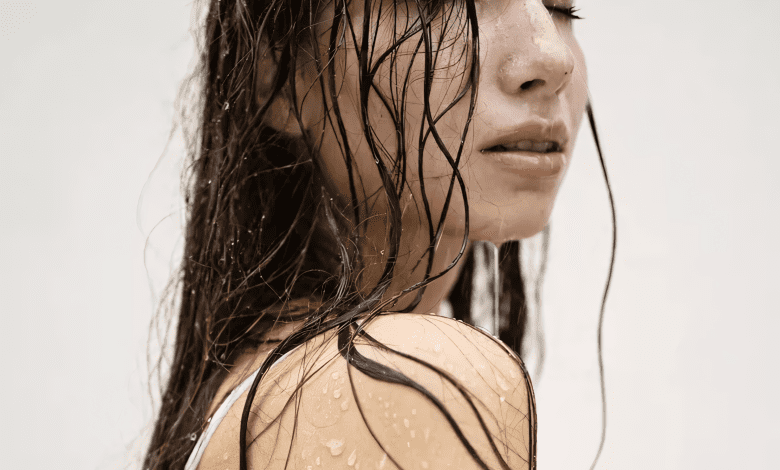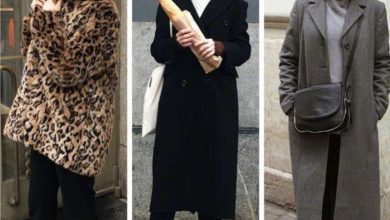The Ultimate Guide to Detangling Fine Hair Without Damage

Many are envious of long, silky hair that appears effortless. If you have long, fine hair you will know how difficult it is to achieve this look. In a matter of seconds, a simple ponytail or bun could become tangled. Not to mention accidental snags with zippers and buttons. Detangling brings back repressed memories from the ’90s when my mom would comb through my knots with a sickly sweet detangling spray, a dream, and lots of force. I can feel the tugging even now.
We’ve made a lot of progress since then. With the right tools, removing knots from your hair is no longer as difficult or painful as before. Adam Maclay, a hairstylist, and Devin Toth share their tips on how to detangle fine hair without causing damage.
What you’ll need
- Primer spray
- Wide-toothed comb
- Paddle brush
- Dry Shampoo (optional)
How to Prep Your Hair in the Shower
Toth says, “When washing your hair use shampoo only on the scalp.” Toth says to “brush or comb the conditioner through all your hair ends, and let it sit for about one minute.” Avoid friction when towel-drying your hair by patting it firmly and gently.
Toth suggests adding Righteous Roots Rx ($19), a growth serum, to your conditioner. Its blend of essential oils will not only help to prevent frizz but will also thicken fine hair.
Detangling Primer
Maclay recommends using a primer spray to help your brush or comb glide easily through the hair.
If you have fine hair, the Original Sprout Miracle Detangler is a great choice. However, if your hair has been damaged, or if you use heat a lot, Living Proof’s Protecting Spray (29 dollars) is able to protect against heat and UV rays. Tooth says that a little product goes a very long way. If you don’t want your hair to become greasy, use less. “Put the product primarily at the ends of the hair. I would say the bottom two to four inches.”
Use a wide-toothed comb, such as The Comb No. Crown Affair 002 ($38), and do a quick comb-through without using any force.
Brush (or Comb) out the Tangles Starting from the Bottom
Toth advises: “Gently begin combing or brushing the tangles out from the tips and work your way slowly up to the roots.” Maclay says: “Always start from the tips of your hair and work up to the scalp.” Work from the ends of the hair to the scalp with your paddle brush, and repeat the process until the knots are removed.
Once you have smoothed out the bottom six inches, move on to the next six inches until you reach the crown. Mason Pearson Detangling Brush (130 dollars) is loved by many professional stylists including Toth and Maclay. However, you can choose a more budget-friendly alternative, such as the Tangle Teezer, or Wet Brush.
When your tangles don’t seem as intense, you may want to use a comb instead of a brush. Toth says that brushes have more bristles, and are more effective at removing knots. “Combs work well for clumpy, thick hair but are not effective for tight, small tangles.”
Pump up the Volume
Maclay says that once the knots have been removed, your hair may look a little flat. I love to bump the hair back using Klorane Dry Shampoo with Organic Flax ($20), which adds softness and volume.
Additional Tips
Dry hair can be used to begin: Although Toth believes that wet hair works better, fine dry hair can still be detangled without damaging it. You’ll be able to control primers and hair products better if you first apply them on your brush or comb, rather than directly to the hair. He suggests brushing out tangles on dry hair in a sideways direction. Detangling dry hair with a downward motion may make tangles worse.
Be gentle. “You shouldn’t hear a ripping noise,” Maclay says. Many of my clients, you know who are they, love to brush their hair from the top down. It’s a terrible sound for others, and it causes hair damage. Detangle your hair regularly: “Marcia Brady brushed every night her hair,” Maclay notes–100 strokes on each side. To keep knots at a minimum, you should do the same.




